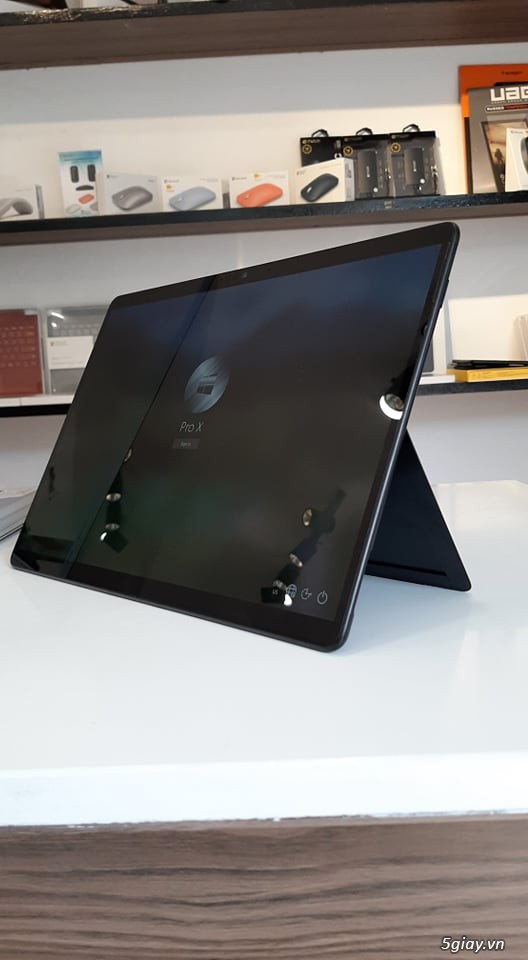

These programs are actually quite buggy and noticeably slower than ARM-compiled programs. So, basic things like Google Chrome, Slack, and even more complex games like Portal 2 will run, but not at the full performance of the chip.

Microsoft didn't want to launch a computer that can't run most programs, so they do offer emulation of x86 32-bit programs to run on the ARM chip. This means some x86 programs just won't work. It connects reliably, gets timely notifications, and setup is pretty simple.īecause the Microsoft SQ2 chip from Qualcomm is based on ARM instead of x86, programs need to be built specifically to run on the ARM architecture. I’m not sure if it’s Microsoft’s recent app updates or something with the ARM version of Windows, but I don’t have any major complaints. Plus, the Your Phone app has been working much better for me lately.

Qualcomm has previously shown that the Snapdragon 8cx compares favorably against the Intel Core i5-8250U ( Kaby Lake-R) that is available in the Surface Pro 6.As an Android guy, having access to all my Android apps and data inside Windows is a killer feature. That chip is built on a 7nm process node, and is comprised of an octa-core, 64-bit Kyro 495 CPU and an Adreno 680 GPU. Although it was not mentioned, we're assuming the SQ1 is based on the Snapdragon 8cx, which was designed from the onset for PCs.

This SoC was engineered in partnership with Qualcomm and incorporates a Microsoft-designed AI engine (9 TFLOPs compute). Today, however, Microsoft is going back to ARM with the all-new Surface Pro X, which is bringing with it a much more powerful SoC to provide a compelling balance of performance and battery life.Īt the heart of the Surface Pro is Microsoft's new SQ1 processor. However, it didn't take long for Microsoft to release that the limited app ecosystem and performance of the ARM version wasn't attracting customers, so it abandoned its efforts after the Surface 2. When Microsoft first announced the Surface family, it was available in both x86 and ARM versions.


 0 kommentar(er)
0 kommentar(er)
